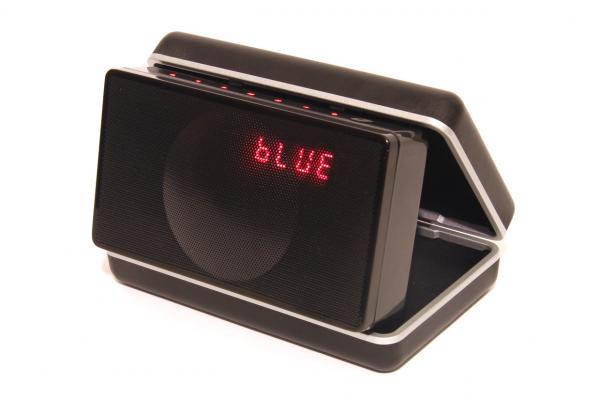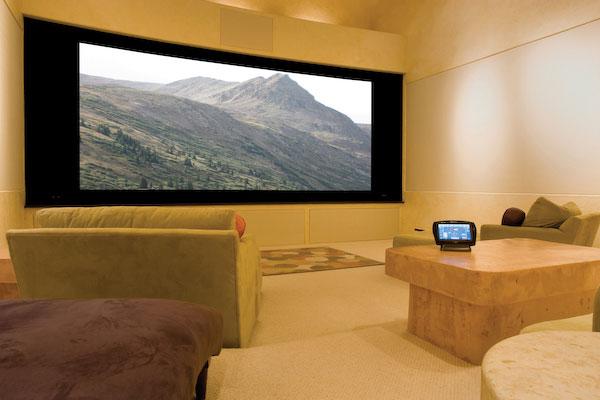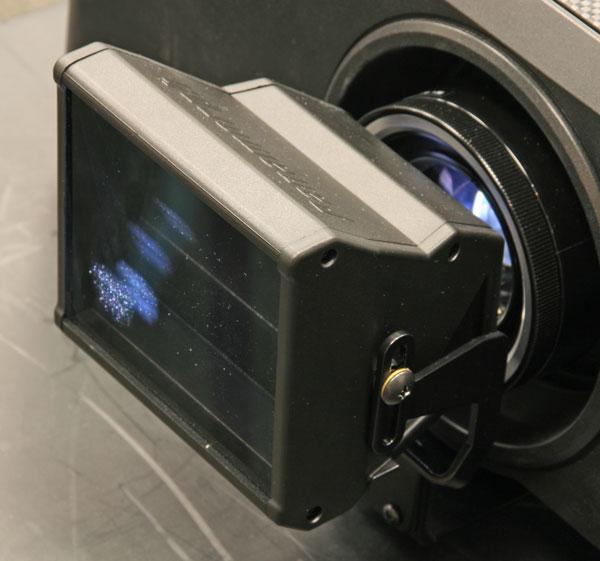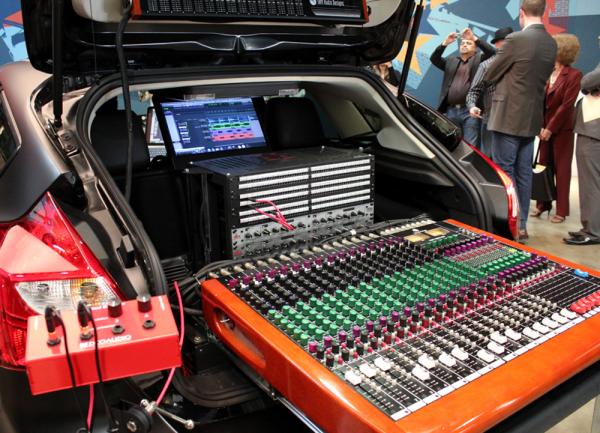LATEST ADDITIONS
|
Feb 22, 2012
|
Feb 22, 2012
|
Feb 21, 2012
|
Feb 20, 2012
|
Feb 17, 2012
As I explain in today's "Ask Home Theater" blog, there are two ways to project a 2.35:1 movie onto a 2.35:1 screen without black letterbox bars. One way is to place an anamorphic lens in front of the projector's primary lens to stretch the image horizontally and use electronic processing to upscale the image vertically. The other way is to use a projector with motorized zoom, focus, and lens shift and several less memories to store and recall the settings for different aspect ratios. As with most things in life, each approach has its pros and cons.
If you have a 2.35:1 projection systemor you only dream about having onewhich approach do you prefer? An anamorphic lens with its increased brightness and vertical resolution but potential scaling artifacts and optical distortion, or lens memories that avoid these problems at the expense of lower brightness and vertical resolution? Or are you happy with a 16:9 screen and black letterbox bars framing movies?
Vote to see the results and leave a comment about your choice.















